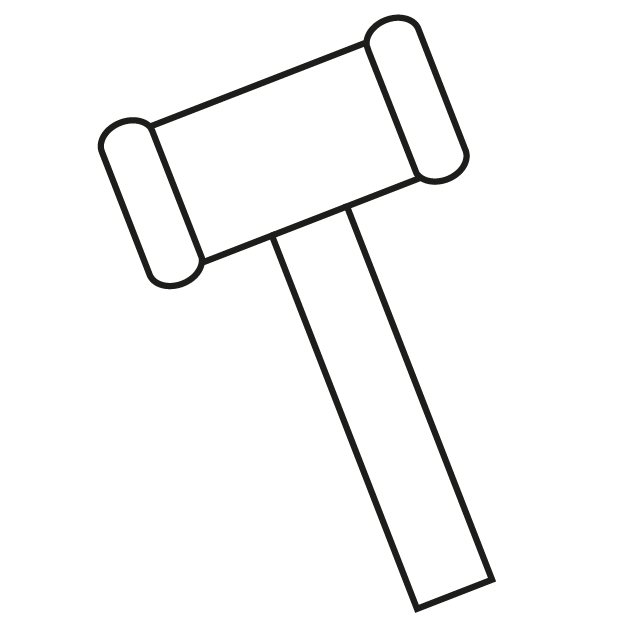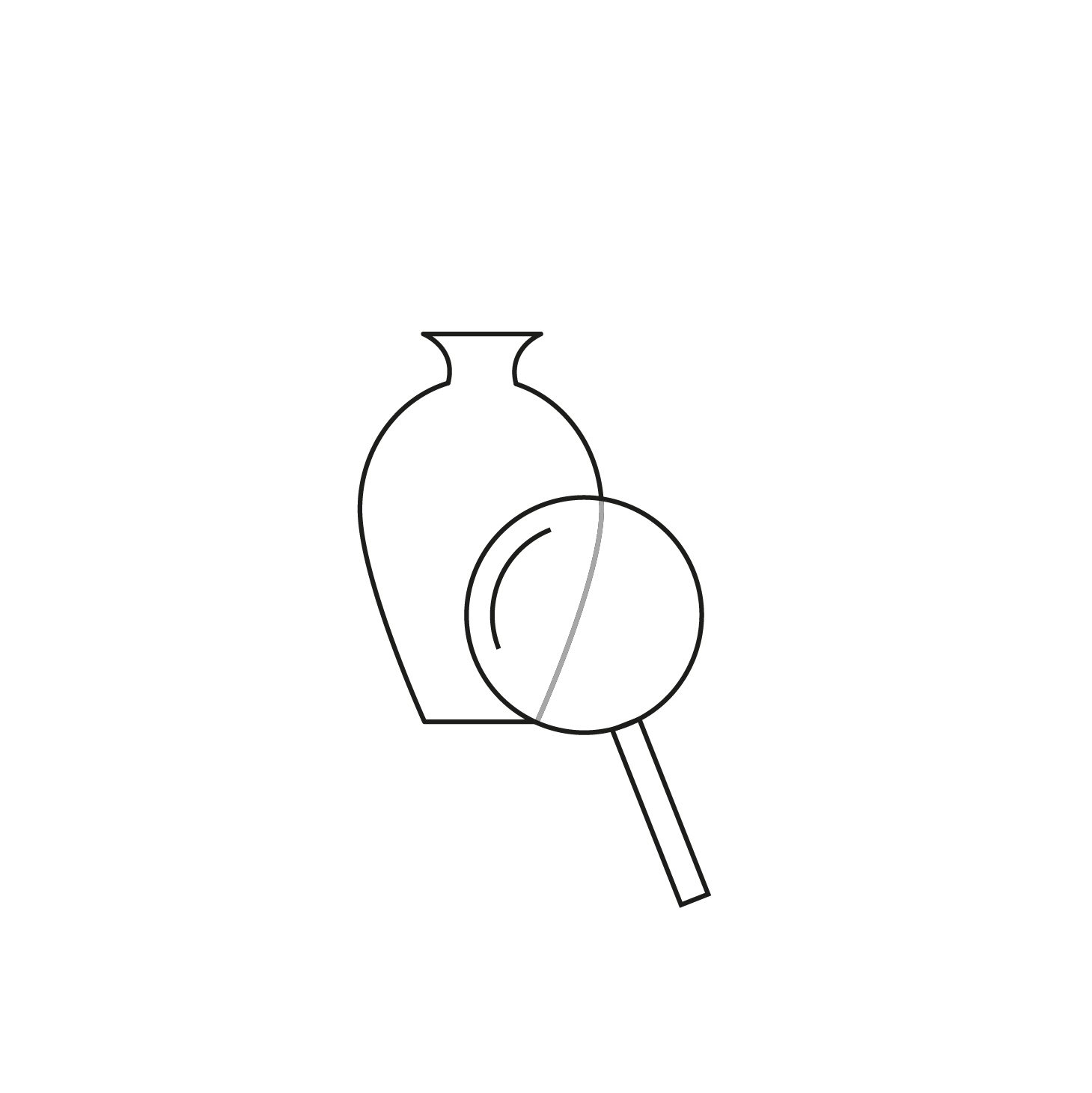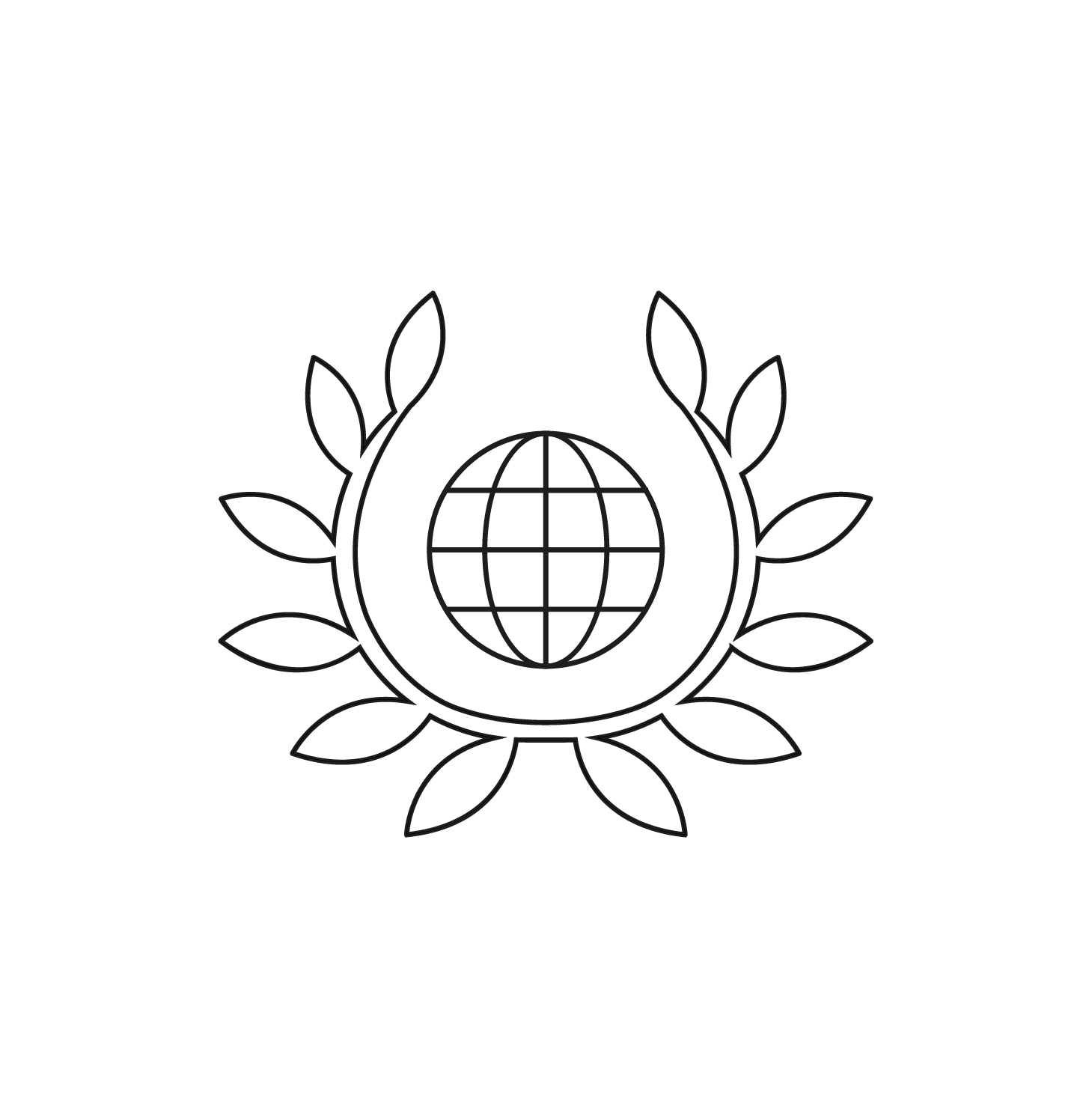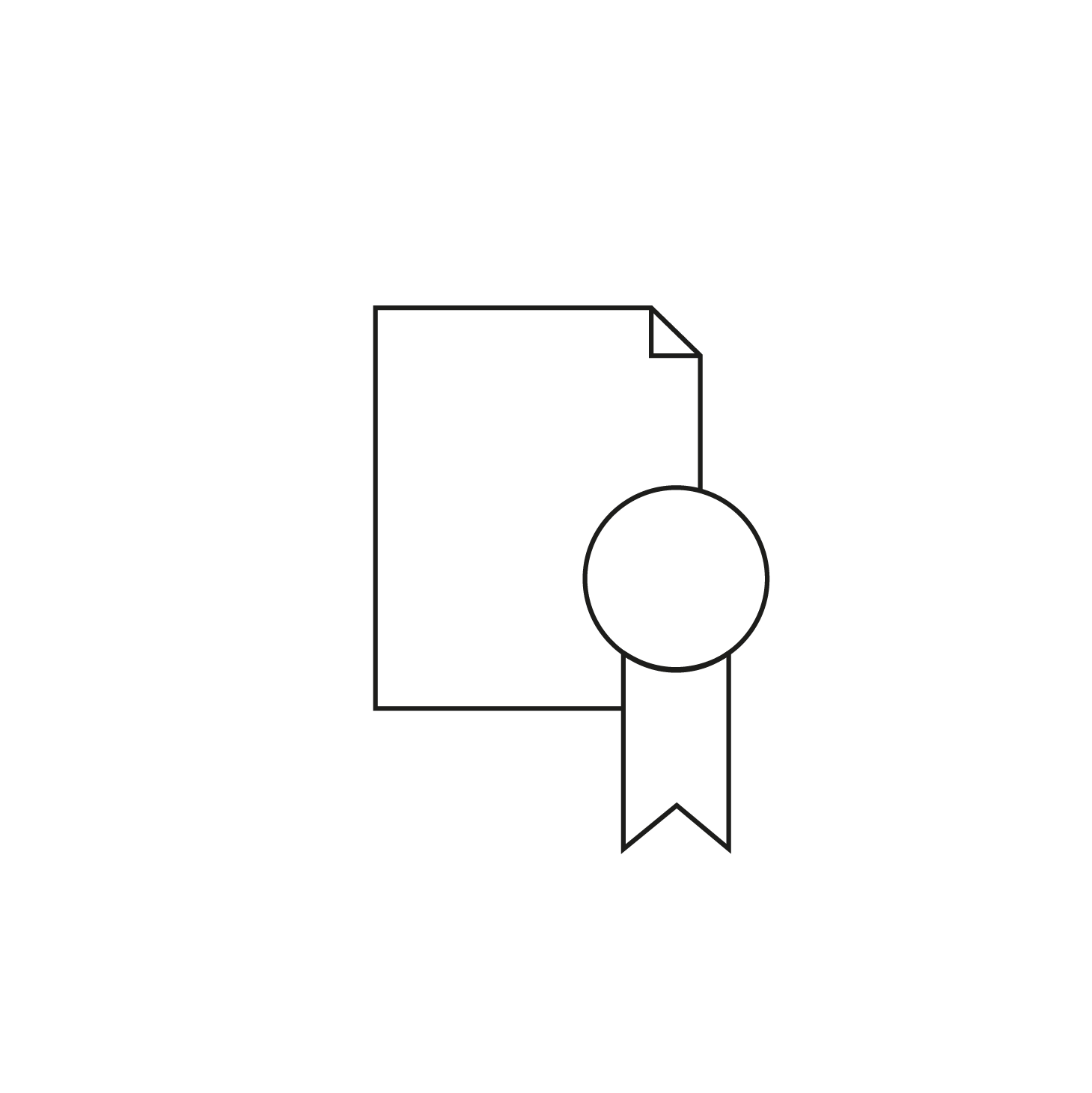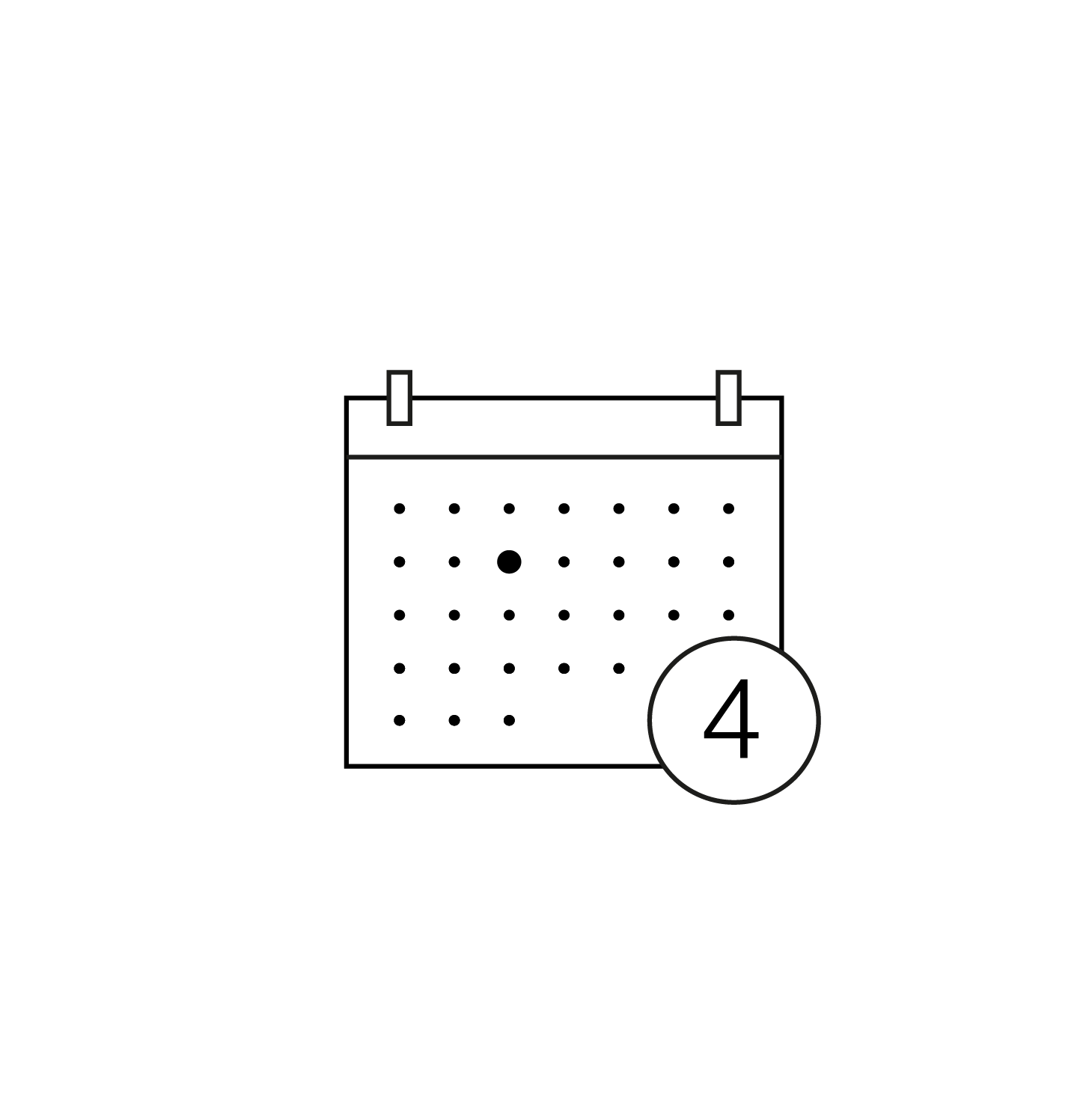Vietnam is an artistic crossroads, a “place of crossings, exchanges and superimpositions”. The will to stimulate interdisciplinary exchanges, “at the crossroads of the arts”, concerning the arts of Vietnam still largely unknown.
A large part of Vietnam’s history is based on oral tradition and on legends that place the foundation of the kingdom by the dynasty Hồng Bàng, during the 3rd millennium B.C. Archaeological excavations have brought to light rich funerary furnishings including weapons and tools made of bronze or iron dating from the 1st millennium B.C., proving that there was a developed and structured civilization well before the arrival of the Chinese in the country.
At the beginning of the Common Era, Vietnam became both a Chinese province and an important commercial crossroads between China, India, Arabia and Mediterranean countries. As a result, the country was influenced by many influences, which are reflected in art, religion and culture in general, and craftsmen adopted Chinese techniques in porcelain, woodcarving, bas-reliefs and statues. This Chinese inspiration is also found in the architecture of temples and pagodas.
See more
Much later, around the middle of the 19th century, France seized the territories that make up French Indochina and brought with it Western culture. This colonization explains the subtle marriage between East and West in contemporary Vietnamese works.
Before an auction of Vietnamese antiques, it is important to have the different objects or furniture appraised and evaluated by a professional specialized in Asian art who will determine their provenance and age based on the styles and materials used. He will then be able to give an estimate of a lacquer, a bronze or a porcelain from Vietnam, the guarantee to buy or sell at the best price.

